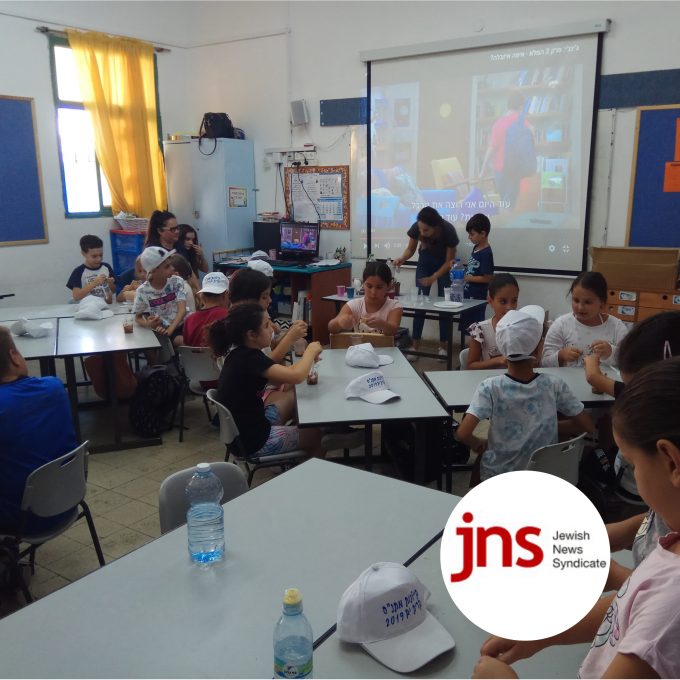World ORT is reaching out to new generations of supporters by introducing them to the organisation’s mission of employability and independence through the lens of personal stories past (http://www.youtube.com/watch v=Tbm3lNvSWxY) and present (http://www.ort.org/news-and-reports/world-ort-news/article/a-man-in-a-million/).
As part of World ORT’s digitization of its archives, the 1955 film Mission to Shiraz has been posted to the organisation’s YouTube channel, its evocative and passionate depiction of ORT’s work in pre-revolutionary Iran a poignant reminder not only of what was achieved but also of what was lost. The 13-minute film follows Yusuf Moussa as he graduates from the Central Training Institute for the Training of ORT Instructors at Anieres, Switzerland and prepares to return to his native Shiraz, most of whose 15,000 Jews were living in a squalid ghetto, to teach at the ORT school there. Its digitization is timely in the run-up to Purim – which celebrates the Jewish People’s deliverance from genocide in ancient Persia – but also in the light of current public interest in Iran as debate continues on how to deal with the current regime’s pursuit of nuclear weapons.
Although raised in the ghetto, Mr Moussa was one of the lucky ones, finding a place among the students at the ORT school in Tehran where boys learned carpentry, metalwork, electrical mechanics and, ironically, given that most of them had been so poor they were used to going barefoot, shoe-making – “teaching them to work, and walk, in dignity” we are told.
“In three years we had to leap from the age of the Megillah to the age of blueprints and 20th Century technology,” goes the narration, adding how ORT had imported tools, machines and qualified instructors for the task of helping a 90,000-strong community of whom two-thirds were illiterate. Mr Moussa’s training at the Anieres Institute, which closed down 20 years ago, meant he was among the first Iranian-born instructors at ORT in Shiraz.
ORT was also educating and training women, giving them “the power to read and write, to explore with their sons the great store of the world’s knowledge”.
The organisation’s work, which started in 1950 with masonry and carpentry workshops for 120 Kurdish Jewish refugees waiting to make aliyah, quickly grew to cater for more than 1,000 students at 16 schools and workshops in Tehran, Shiraz and Isfahan; but it all came to an end soon after the Islamic revolution of 1979.
Some 50 of the 300 films and videotapes in World ORT’s archives have been digitized to date, a powerful tool in sharing the organisation’s values and goals in an increasingly visual age. They show that while the technology and techniques have changed, the motivation and dedication have not.
“Our main aim is to provide Jewish people with the relevant tools to become independent and self-sufficient members of society… ORT strives to empower the thousands who would otherwise remain unskilled to enter the job market, equipped to face the ever growing challenges of the working world,” as World ORT Director General and CEO Robert Singer told the current issue of the glossy magazine , Jewish Life, South Africa’s highest circulation Jewish publication.
The interview places the roots of Mr Singer’s personal commitment to education and economic development in his Ukrainian childhood among a family of refuseniks. He finally reached Israel with his family when aged 15 and, after an army career, went on to drive the national project to bring one million Russian Jews on aliyah before taking on the lead professional role at World ORT in 1999.
Since then, World ORT’s success had been due to the organisation’s professionals and lay leaders, “like-minded, goal-oriented people who share the same passion to evoke real change in the world” and “the many [ORT] teams worldwide… who are focused and willing to invest what it takes to help dreams to be realised”.





